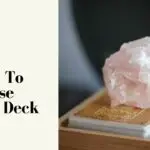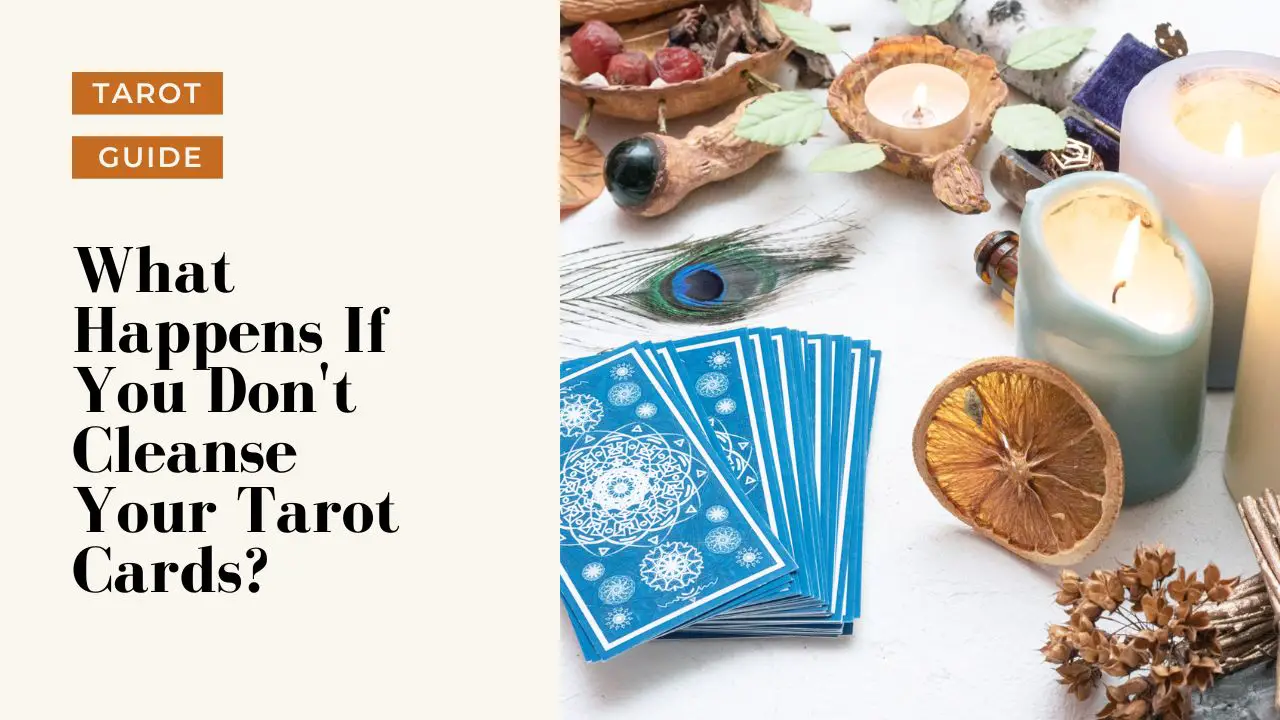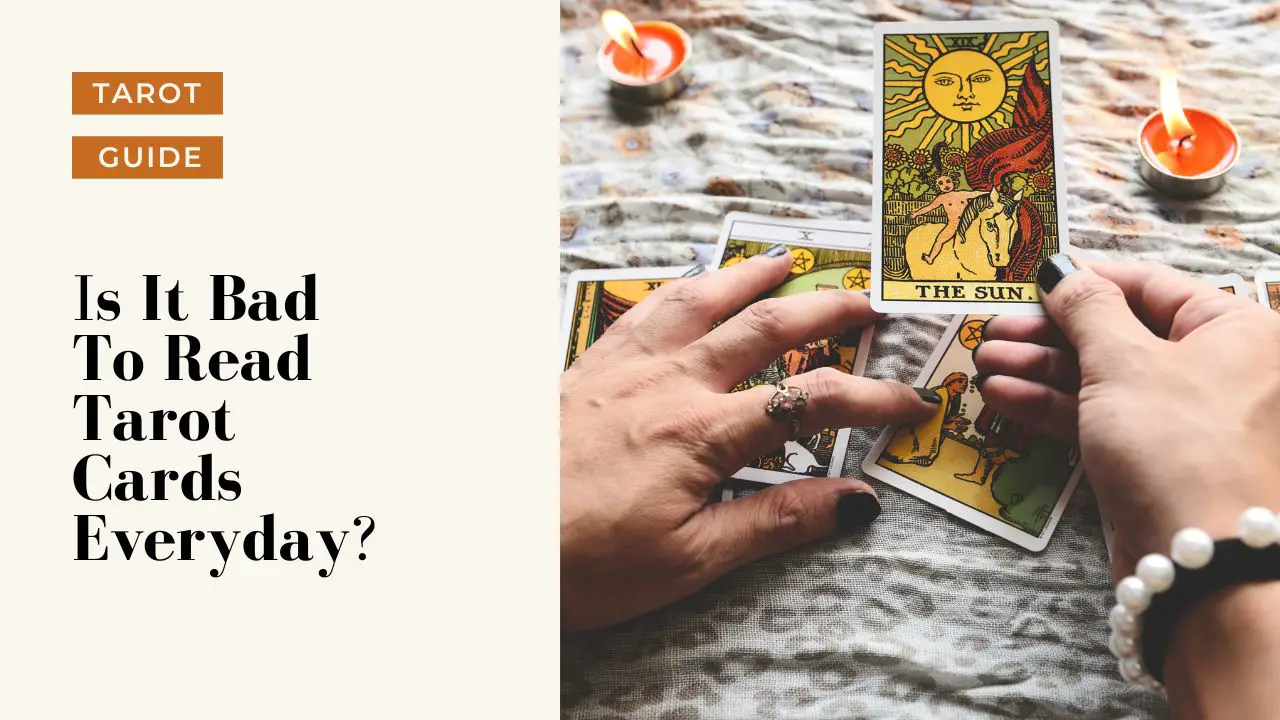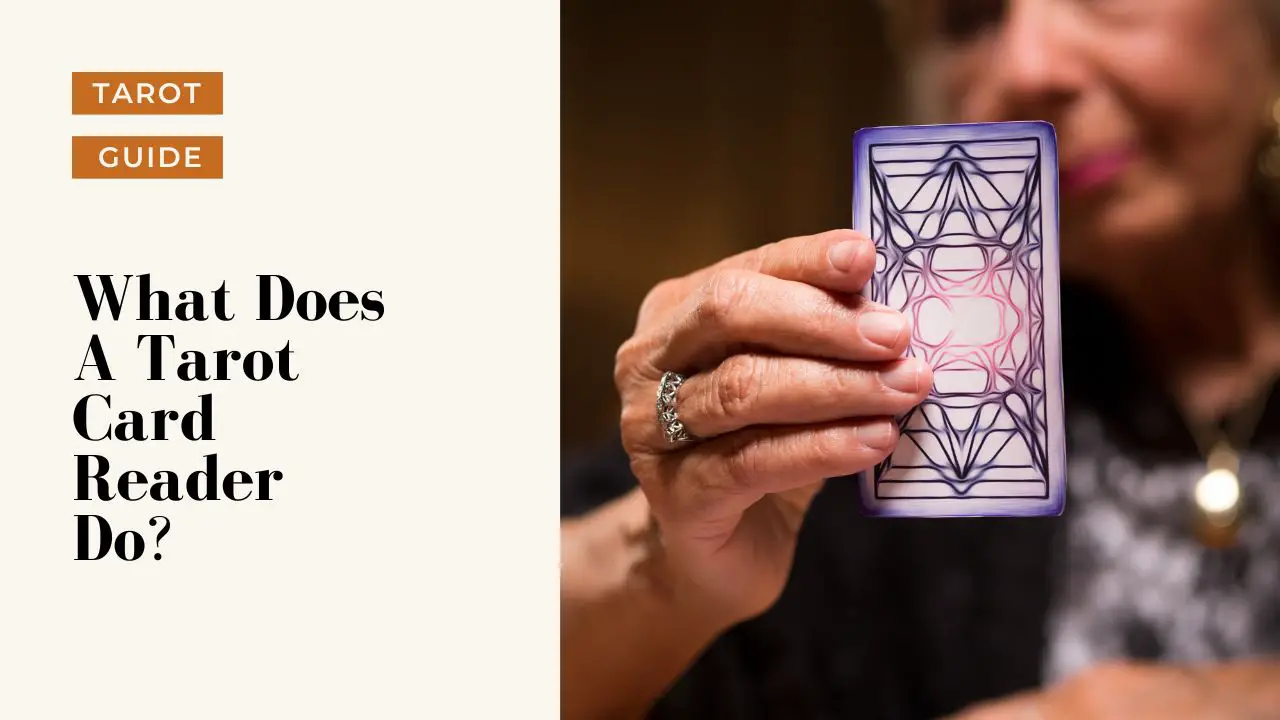When it comes to tarot cards and god, it’s good to remember that there are dozens of gods and goddesses that are associated with all types of religions. In tarot cards it isn’t just Christian gods that are well represented; it’s also gods from Hinduism, Taoism, Buddhism, and even Greek and Roman mythology.
As a beginner or even an intermediate tarot card reader, it might take you some time to recognize all of these deities, but that’s all right because they are all worth spending time on. If you’d like just a taste of the tarot cards that represent deities, below are a handful of them for you to learn.
Which Tarot Card Represents God? The following cards are considered to represent the Gods:
- The Hanged Man Card
- The Empress Card
- The Hicrophant Card
- The Chariot Card
- The Star Card
- The Judgement Card
- The Lover Card
Lets look at each one to see what Gods each one represents.
The Hanged Man Card
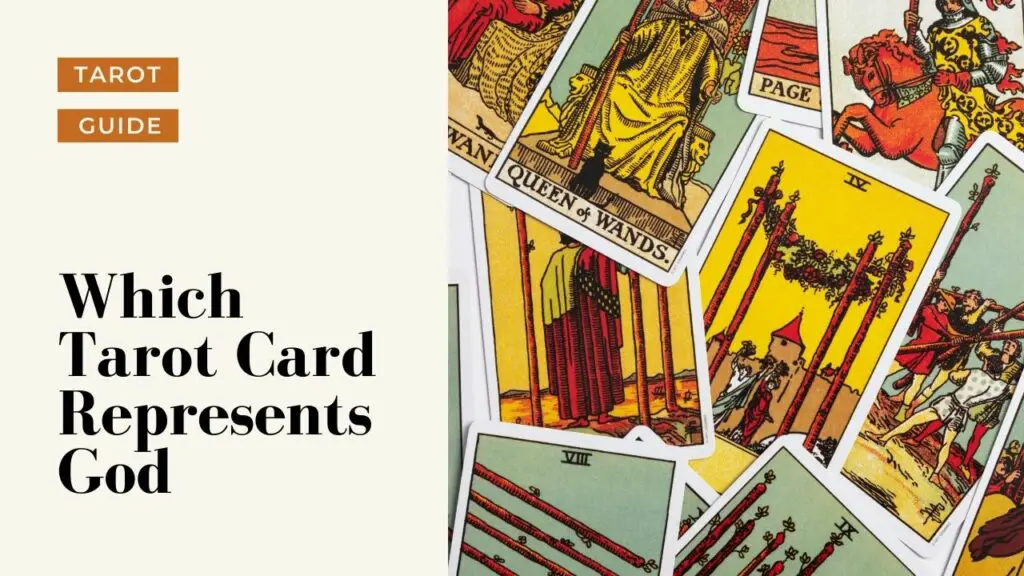
The Hanged Man card is said to represent Jesus, whom Christians believe to be the son of god and the messiah.
Central to their beliefs is his death and resurrection three days later. The hanged man is dangling upside down by one leg, yet there is a serene look on his face and he looks peaceful. In some decks, his head is surrounded by mountains, which are supposed to represent a closeness to god, as well as the color blue, which represents the divine, or heaven.
He even hangs from a wooden frame, which is symbolic of a door, as in walking through a door to be transformed into something new, or to experience a new start.
The Empress Card
The Empress card is said to represent Saraswati, a Hindu goddess said to be the goddess of knowledge and speech. Saraswati represents:
● Intelligence
● Consciousness
● Education
● Creativity
● Cosmic knowledge
● Enlightenment
● Music and the arts
● Power
● Eloquence
In the tarot cards, Saraswati has four arms and she is holding a book, a rosary, a musical instrument, and a water pot.
Even today, the Hindus celebrate this goddess and she is even honored at a yearly festival. Many Hindus celebrate the festival and the goddess by teaching young children how to write the letters of the alphabet. In addition to the Hindu religion, some members of both the Jain and the Buddhist religion honor and revere Saraswati.
The Hicrophant Card
The Hicrophant card, also called the Pope card, shows a spiritual authority figure and is said to represent the Buddhist goddess named Tara. The card represents a person with all of the answers to any of your spiritual questions, who is said to be able to appeal to your god, guardian angel, or even your higher self directly.
The figure in the card represents energy and practical wisdom, as well as morals, ethics, and goodness. While the figure is said to represent Tara, it is actually the male counterpart of the High Priestess. If you draw this card
when the client asks a yes/no question, the answer is neutrality, which means the answer could go either way.
The Chariot Card
In the Roman religion, the Chariot card is said to represent the goddess Victoria. Victoria was very prominent in Roman society and was said to determine who would win and who would lose in wars.
She is the goddess of victory and is the equivalent to the Greek goddess Nike. She is also said to be a symbol for victory over death and is usually portrayed to have wings.
It is said that the triumphant generals celebrated her after they’d won the war, since she supposedly “chose” their side to win. Even today, pictures of her can be found on coins, in architecture, in different types of jewelry, and in other forms of art and culture.
The Star Card
In Greek mythology, Elpis is the spirit of hope and maybe expectation as well. The Star card is said to represent her. In the Hesiod poem Works and Days, she is the last item to be put into Pandora’s box.
She is usually depicted carrying flowers or cornucopia in her hand, and because of the Hesiod poem, people are still debating if she is the spirit of hope or the spirit of hope and expectation. There is even an asteroid named after her – 59 Elpis.
Even more interesting is the fact that the likeness of her has been found in video games and even, some
people think, in modern-day cartoons and animated films.
The Judgement Card
The Judgement card is associated with Xi Wangmu, who is known by numerous names, including the Queen Mother of the West. She is one of the oldest deities in China and is associated more with Taoism than with other religions.
Xi Wangmu is said to control the cosmic forces and lives at the margin of heaven and earth. When she is depicted on tarot cards or in artwork, she is usually seen in her grand palace holding court.
Her palace is said to be a place of perfect and complete paradise, as well as a place where deities and humans
can interact. She is indeed a very regal feature and is still revered today by many followers of
the Tao religion.
The Lover Card
The Lover card is said to symbolize the Hindu supreme god Krishna. Krishna is the god of tenderness, protection, compassion, and love, and he is said to represent the most devout and ecstatic parts of the Hindu religion. When depicted in tarot cards or artwork, he is often shown in various stages of life, including as a young boy.
He is so popular and well-known that he is mentioned in dozens of different Hindu texts. It is also thought that Krishna was an incarnation of Vishnu and at one time the two deities were merged into one.
Conclusion
Regardless of which religion you’re interested in, there are enough representations of gods and goddesses in the tarot cards to please you. The hardest thing for you to do as a beginner might be to recognize the deities because they are truly in lots of different places in a deck of tarot cards.
Once you learn them, however, you can figure out what they mean in your readings so your clients get as much out of the reading as they possibly can.
Still struggling with your readings? Try one of Kasamba’s top rated readers.
Try them out today for FREE with 3 free minutes plus 50% off your first reading!
Get the Ultimate Tarot Card Combinations Pack
The Tarot Happy eBook Pack is available now for instant download.
With 78 eBooks covering all tarot pair meanings, this pack is a comprehensive guide on using tarot for introspection, self-understanding and inner growth.
$1.99 $24.99
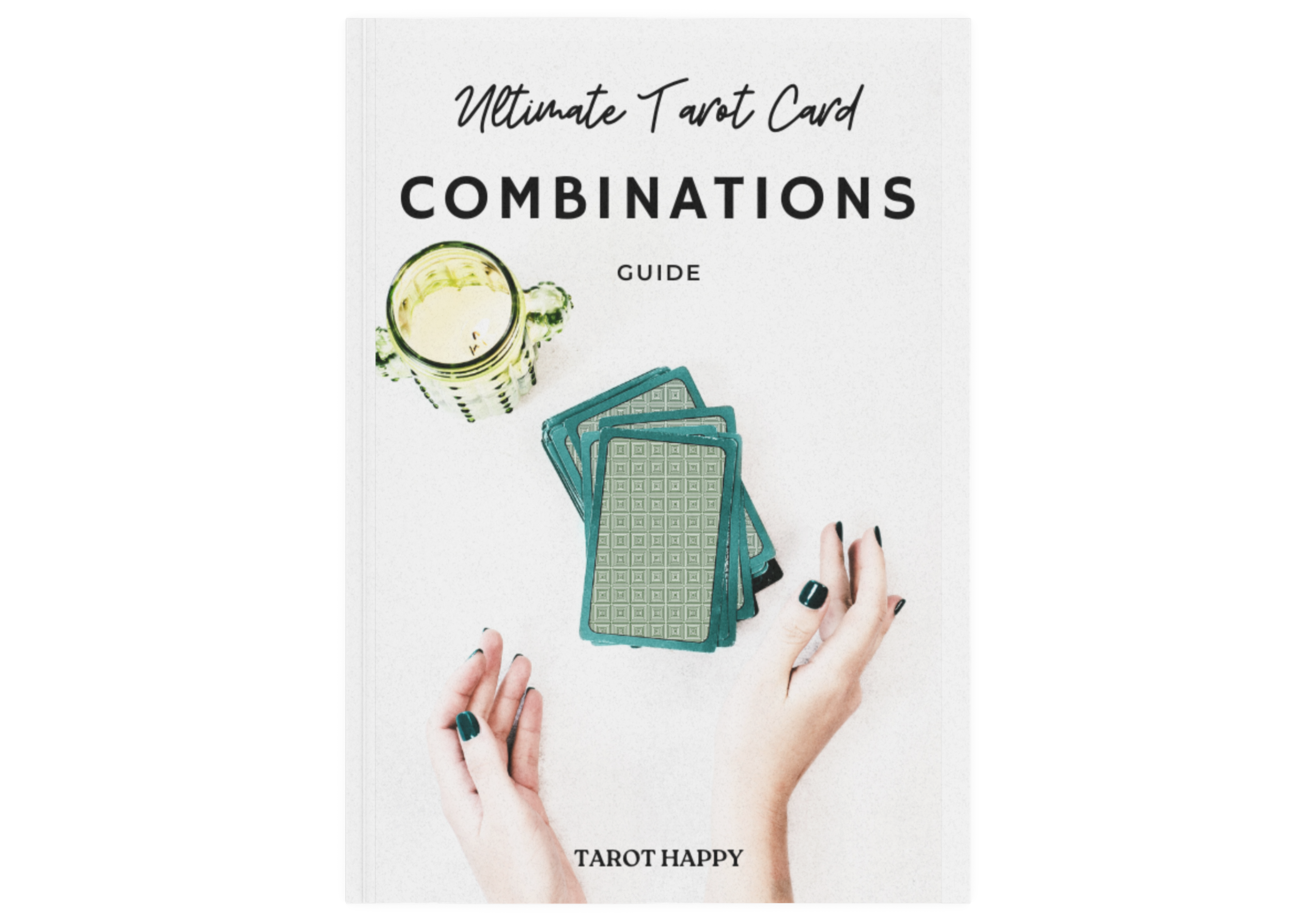


The pack contains an eBook for each of the 78 cards in a tarot pack.
Each eBook focuses on all the combinations for a single card, with overview of meanings for:
- “Yes or No”
- Key words and phrases that describe the combination
- Meaning for Love
- Meaning for Finance
- Meaning for Health and Relationships
Unlock the Mysteries of Tarot with Our Comprehensive 78 eBook Pack
Are you ready to take your Tarot reading abilities to the next level? It’s time to upgrade your spiritual toolbox with our extensive 78 eBook Pack. Each eBook is crafted to detail the meaning of every single Tarot card combination!
Venture beyond the basic meanings of the cards and delve into the intricate, layered symbolism each combination offers.
From beginner enthusiasts to advanced practitioners, this ultimate Tarot eBook pack will enhance your understanding, foster deeper connections with the cards, and improve your readings in a way that no other guide can.
Save over $20 if you buy today!
$1.99 $24.99

